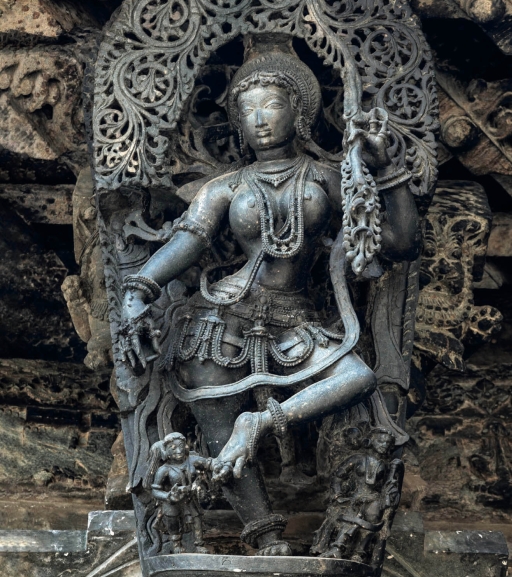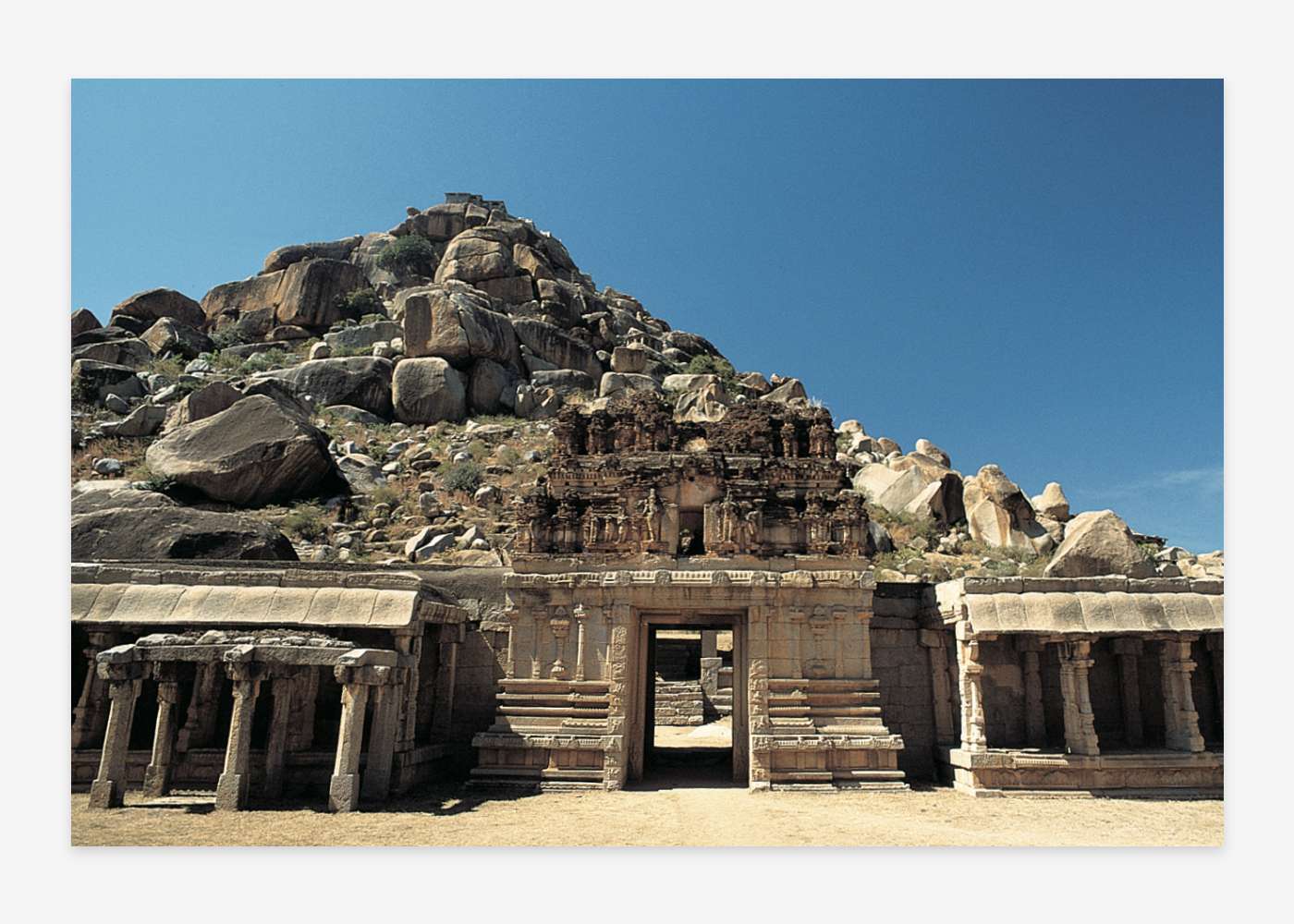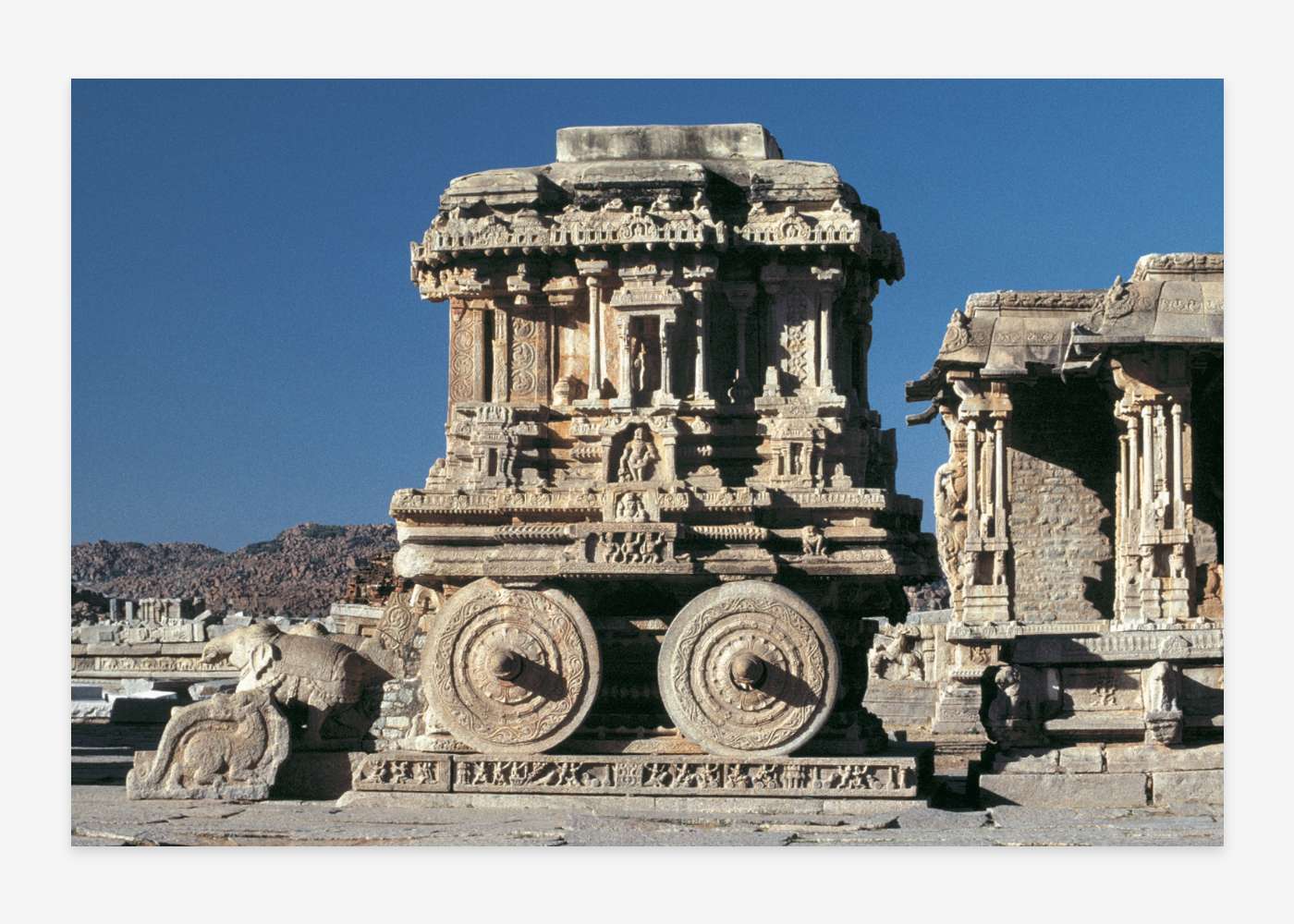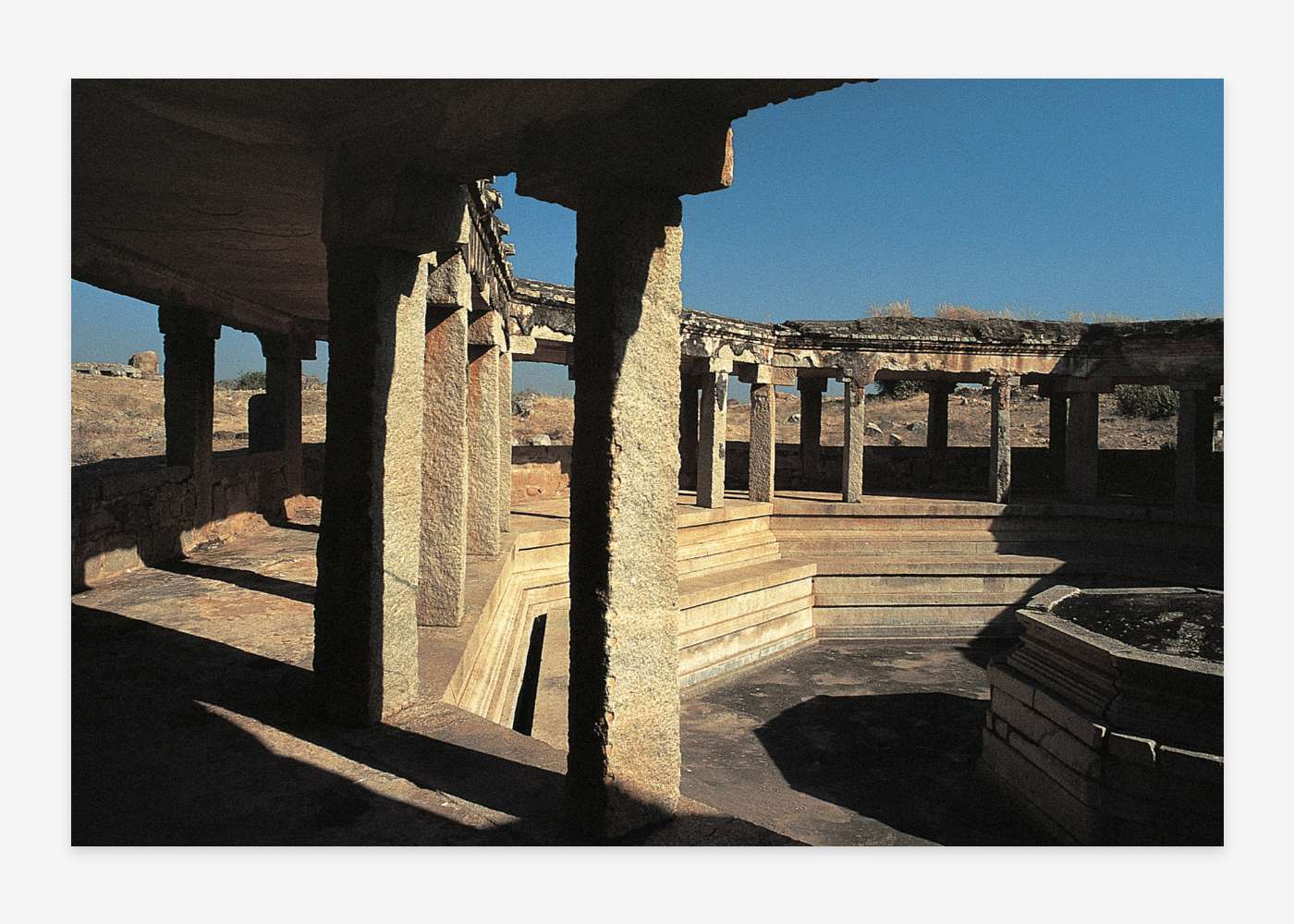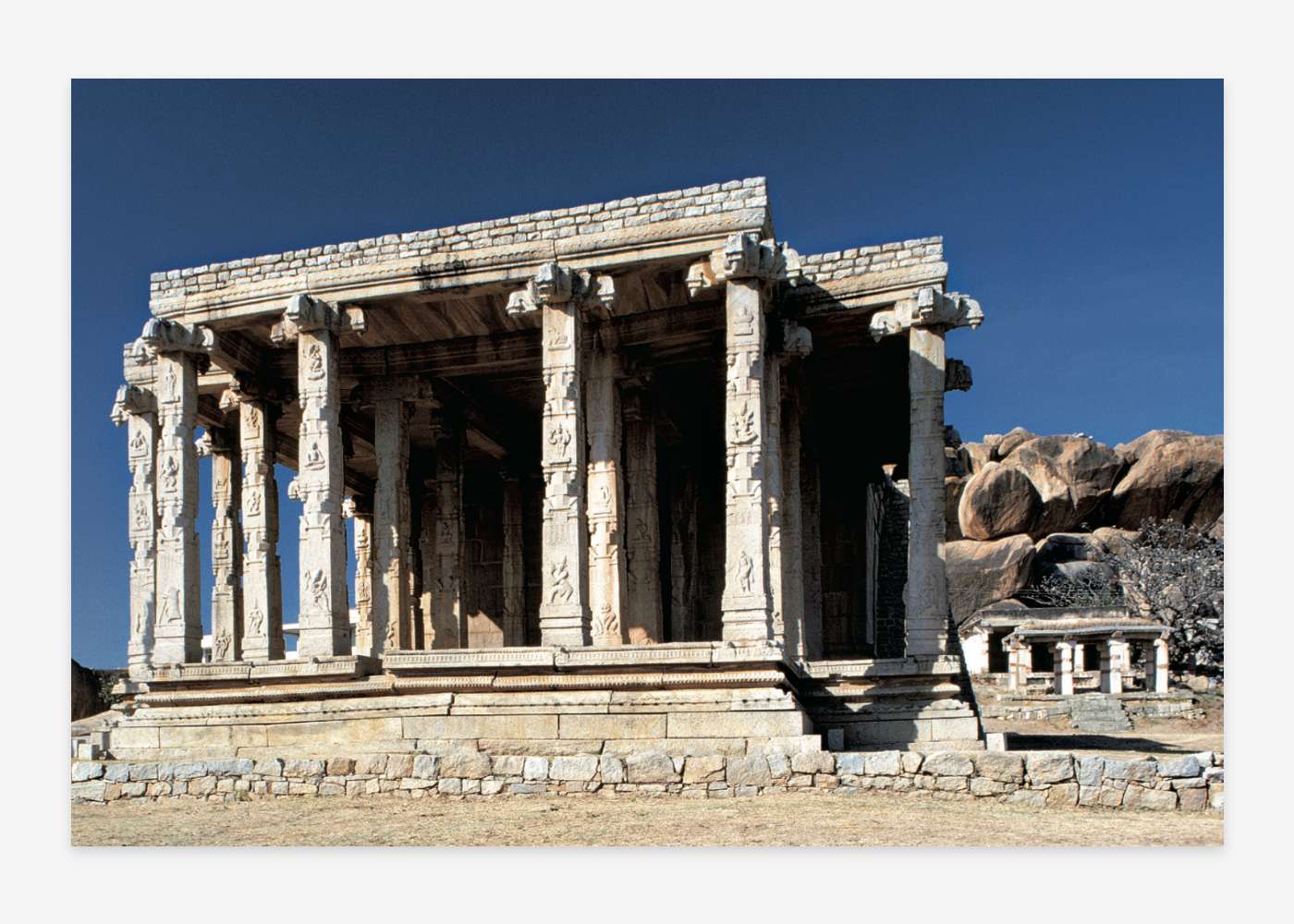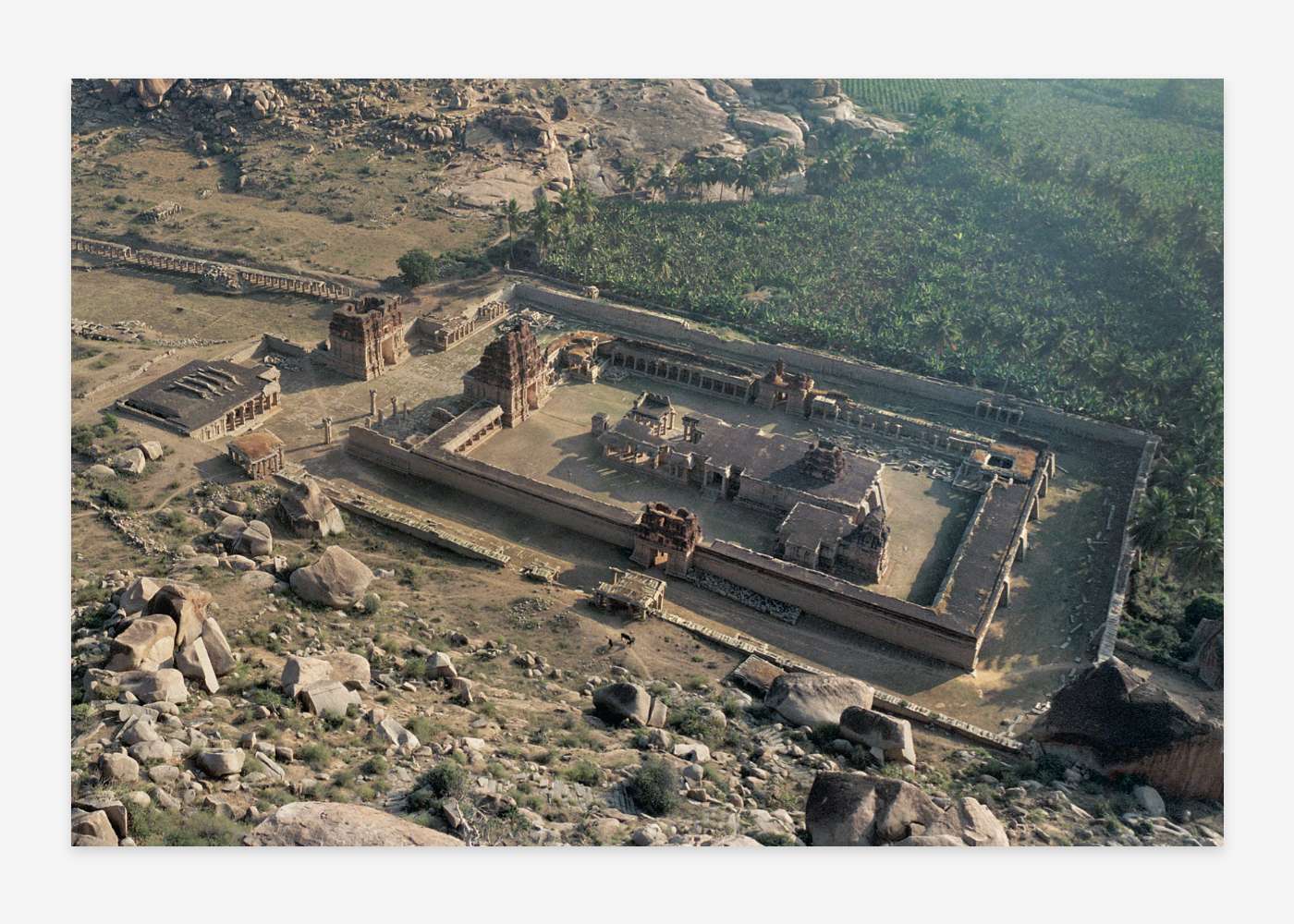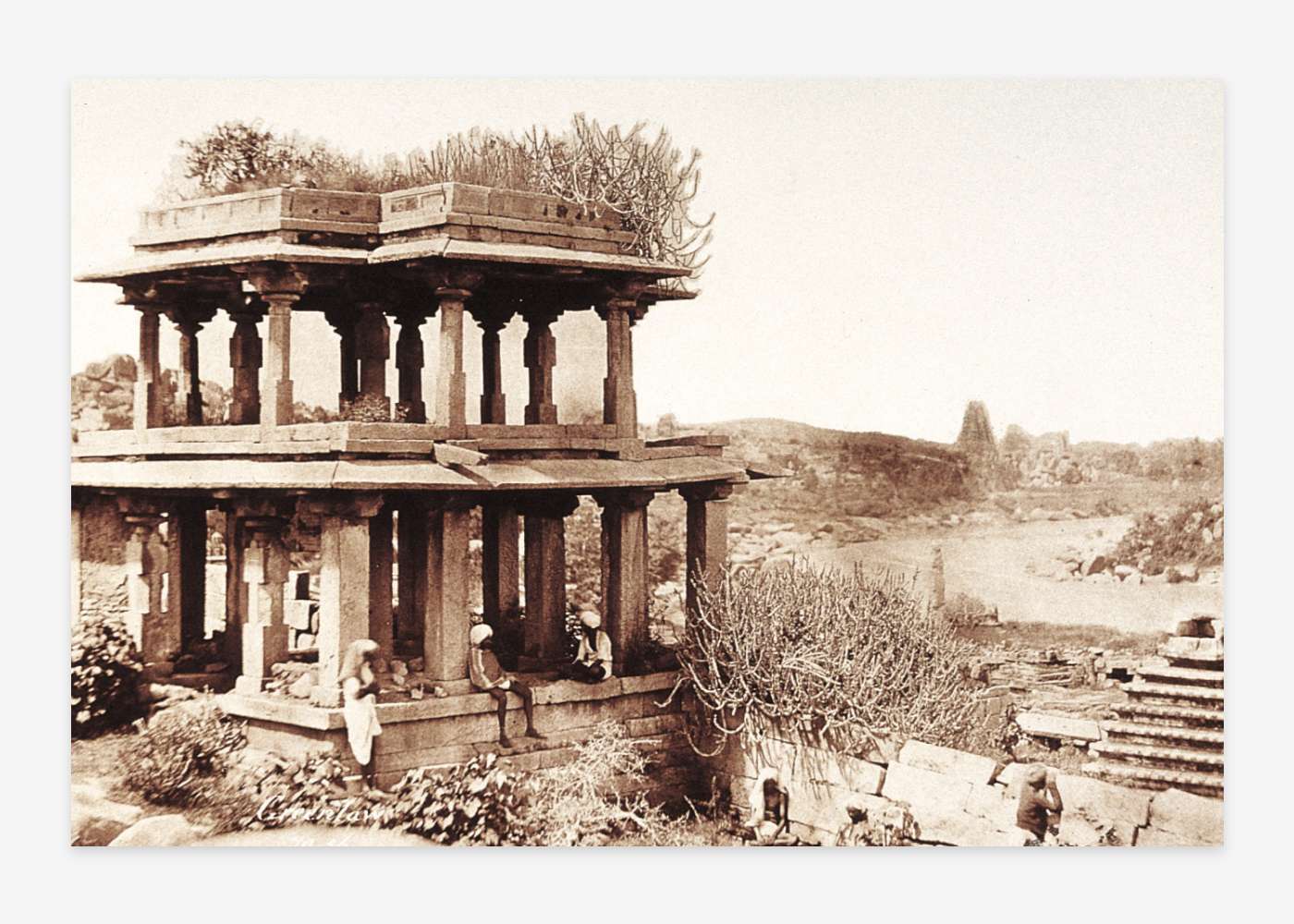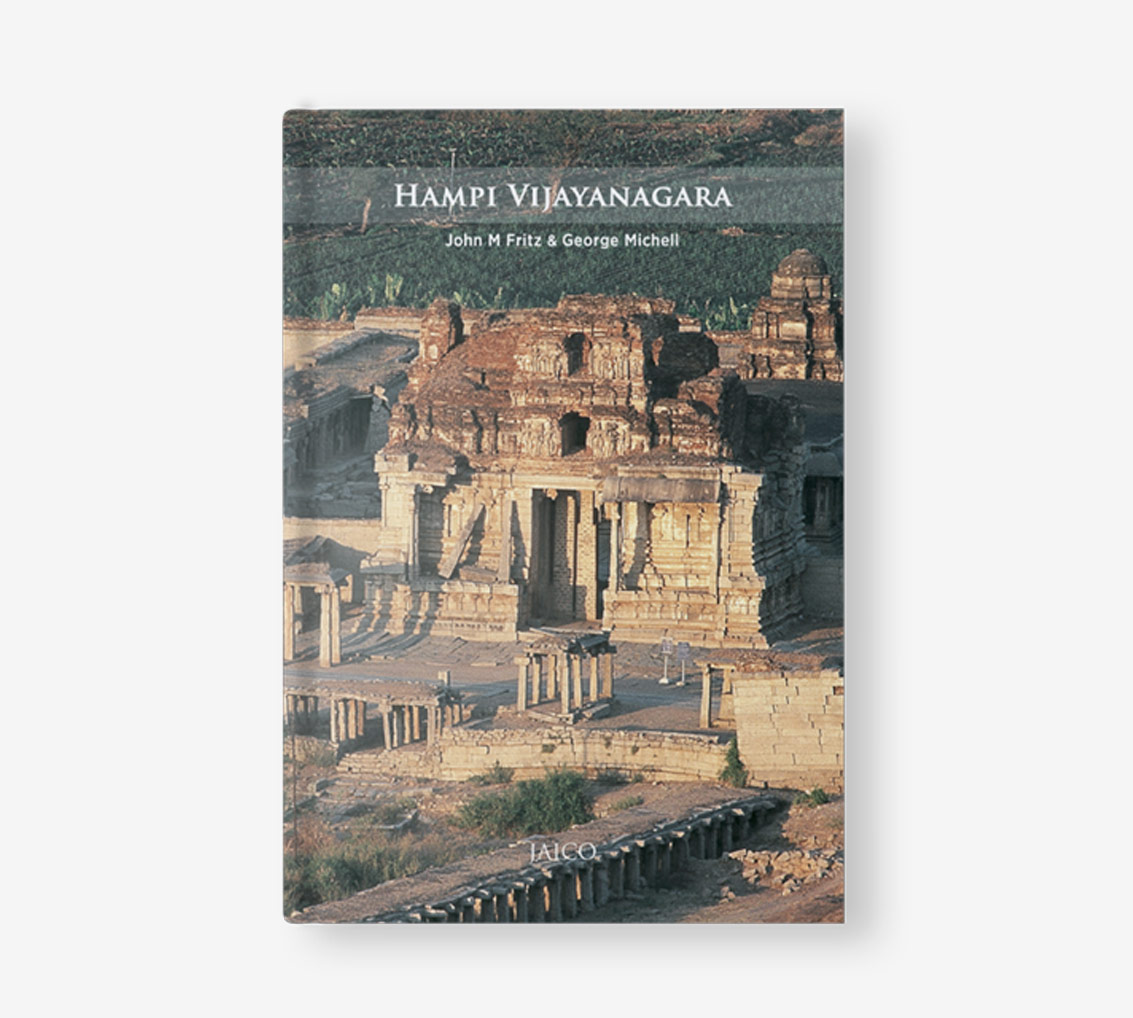Hampi
Once the capital of the Vijayanagara Empire, Hampi is renowned for its vast complex of ruins, beautifully carved temples, and impressive monuments.
A majestic site situated in a mystical landscape, Hampi Vijayanagara will richly reward the intrepid traveler. Highlights include the Virupaksha temple, the Vittala temple with its iconic stone chariot, the Krishna temple, the Lotus Mahal, the Elephant stables, the Queens’ Bath and the Narashima and Ganesha Monoliths. At least two to three days are required to experience it properly.
Hampi, a UNESCO World Heritage Site, is one of the most beautiful and evocative of all historical sites in south India. Austere yet grandiose, it was established as the seat of the Vijayanagara empire in the mid-14th century, a time when art and architecture flourished. Said to rival Rome in its heyday, the city was abandoned by the mid-16th century. Today, the visitor encounters a surreal, boulder-strewn landscape which is the backdrop for the largest complex of ruins in India. The expansive site includes royal and sacred complexes, temples, shrines, mandapas, pillared halls, elephant stables and more. The site’s remoteness contributes to its charm and serene atmosphere, although better connections from several major cities via Hubli airport have made it somewhat easier to reach in recent years.
Vijayanagara Research Project (VRP)
In the 1980s and 1990s, an international group of researchers under the direction of John M Fritz and George Michell documented and interpreted the remains of Vijayanagara. This link describes Vijayanagara Research Project’s (VRP) investigations and interpretations, while also offering essential background information on the history of the city and the empire of which it was the capital, the urban layout of the site, and the variety of its military, ceremonial, civic and religious architecture. As such, it is an invaluable resource to both scholars and travellers about the site and the decades of work there by countless archaeologists, art historians, and students.
To learn more about the layout of the city of Vijayanagara, watch the video below of Dr. George Michell, architectural historian and Co-Founder of the DHF, in conversation with author and historian Anirudh Kanisetti.
Guidebooks
To learn more about this site, see the DHF guide to Hampi Vijayanagara below.
Travel Notebook
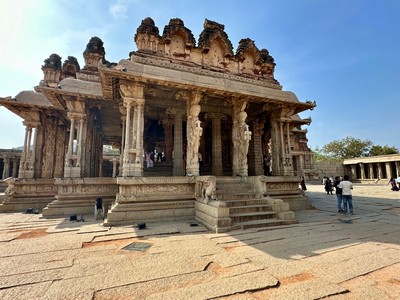
Travel Notes
Unraveling the Mysteries of Hampi Vijayanagara
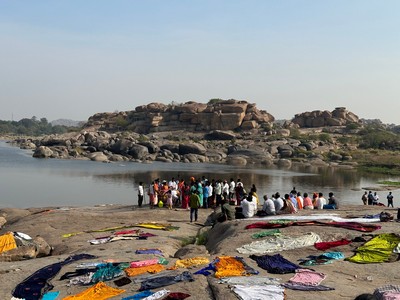
Travel Notes
Exploring the Enigmatic Majesty of Hampi Vijayanagara: A Journey Along the Tungabhadra River
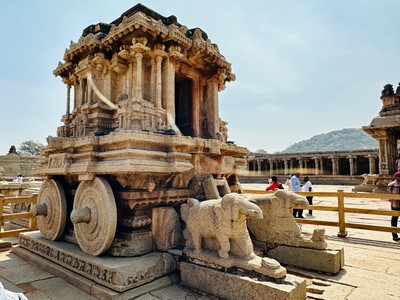
Travel Notes
Vijayanagara, City of Victory
John M. Fritz and George Michell
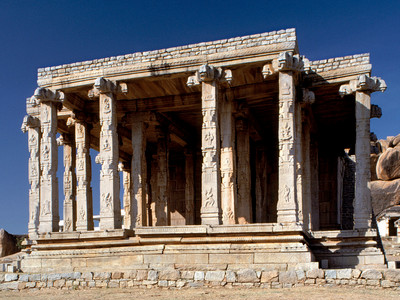
Travel Notes
Vijayanagara, the Indian Renaissance State, contains memories of older empires
Anirudh Kanisetti
Selected travel articles:
Hampi: A Forgotten Civilization in a Rocky Land
The New York Times

Hampi – The Land Where Stones Sing
World Travel Magazine

A History of Hampi, India: The Last Great Hindu Kingdom of Vijayanagar
Timeless Travels

Hampi and Beyond
Condé Nast Traveller

Heavenly Hampi: India's Lost Temple City
Condé Nast Traveller

Episode 14: Vijayanagara - The Last Emperors of South India
Fall of Civilisations


